Hiro Takahashi
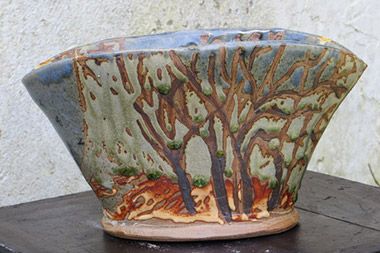
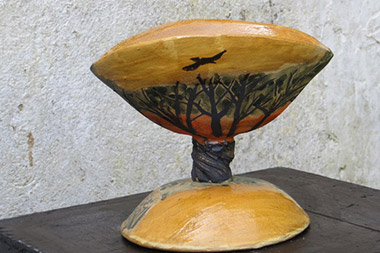
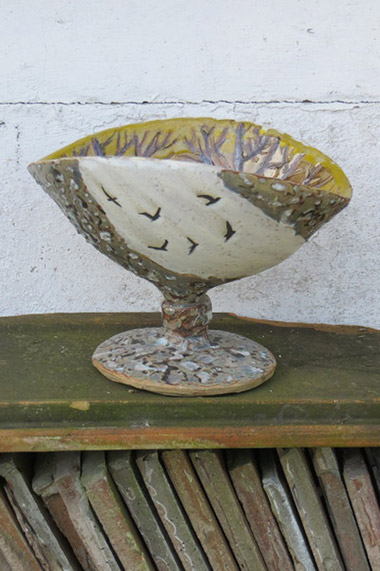
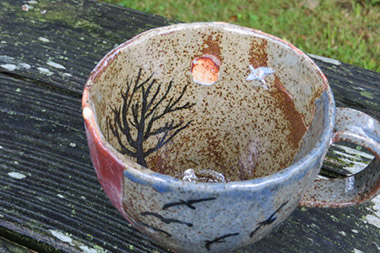
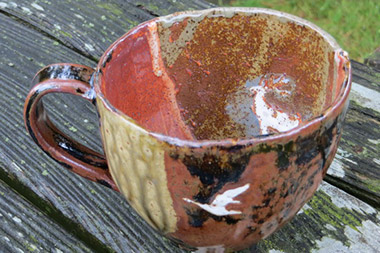
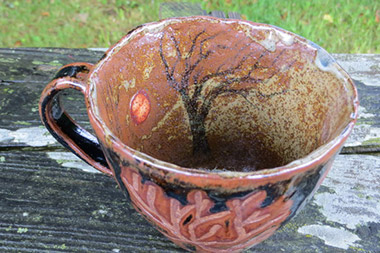
Wabi and Sabi
These days, there is much interest in the phrase Wabi-Sabi, yet they are separate words and came into use at different times. First, Sabi has been used to describe tranquillity and an insightful, thoughtful and reflective view for both subject and object. The concept has often suggested aging and maturity. It calls for qualities of gentleness and profound peacefulness.
This Sabi ideology was cultivated by the 17-century Japanese poet Matsuo Basho (1644-1694) and his students. It became a central value and belief in Japanese culture. As for Wabi, it seems that 15-century tea ceremony practice encouraged a humble, rustic, solitary approach, appreciating the surroundings in solitude and simplicity.
I was brought up to pay attention to Wabi and Sabi often in daily life. Perhaps this was because there was a famous Zen priest on my mother s side of the family. So I think I was gradually drawn to creating works embodying tranquillity, solitude, reflection and profoundness in clay. For me, the pinched, slapped and carved bowls and mugs recently added have a poetic element. When picked up, they nestle in the hands and lead into a world of calm and meditativeness. Animals and birds set among trees in woodlands and painted with glazes open our feelings and bring an emotional uplift.
I very much hope that people are able to see and understand this feature of my work.